Study results show no significant effects on carcass, fillet and nugget yields
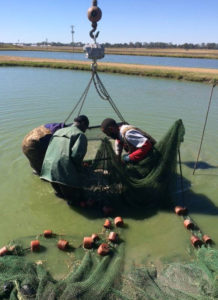
Aquaculture is currently the fastest growing food production sector in the world. High disease losses and pressures to find alternatives to antibiotics are a few of the constraints to its continued expansion. Concerns of antibiotic use in aquaculture include the development and transfer of antibiotic resistance to fish and human pathogens as well as the potential for accumulation of residual antibiotics in aquaculture products. As the demand for aquaculture products increases, so does the search for environmentally friendly alternatives to antibiotics.
Channel catfish is the single largest aquaculture species in the United States. In the last five years, hybrid catfish (channel x blue F1 hybrid) have become increasingly popular as a culture fish due to increased growth performance, increased availability and adaptability to intensive pond culture systems. With a large presence of catfish aquaculture, there is growing interest in using dietary pre-, pro- and synbiotics as strategies to promote growth rates and prevent diseases.
These dietary feed additives have been shown to enhance both growth efficiency and disease resistance in a variety of aquatic species. However, before industry makes the change to using dietary feed additives, their efficacy must be demonstrated, mechanisms of action will need to be defined and the products must be commercially available and cost-effective.
Prebiotics, probiotics and synbiotics
A prebiotic is a non-digestible substance that is thought to provide a beneficial effect on the host by stimulating growth or activity of naturally occurring bacteria in the GI tract. Typically, prebiotics are non-digestible carbohydrates (fructo oligosaccharides, galacto oligosaccharides, mannan oligosaccharides) but can also include indigestible dietary fibers (dextrins, inulin, lignin, waxes, beta glucans).
Probiotics are live microorganisms that are thought to have a beneficial health effect on the host by adding “good” bacteria to the gut. Lactobacillus, Bacillus, Enterococcus, Carnobacterium, Saccharomyces, and Candida are probiotic organisms widely investigated in aquaculture. These organisms are added directly into the water environment of the fish or shrimp or administered orally in the feed.
Another class of compounds called synbiotics is a mixture of pre- and probiotics. While few studies in aquatic animals have evaluated the efficacy of synbiotics, they may have potential for improving growth and disease resistance of aquaculture species.
Current research
At the Thad Cochran National Warmwater Aquaculture Center in Stoneville, Miss., we examined the effects of feeding pre- and probiotics alone and in combination on hybrid catfish growth, processing characteristics and survival. One of the goals of the study was to identify pre- and probiotics that were commercially available and feed them to hybrid catfish under conditions to simulate commercial production.
The dietary treatments evaluated in the study consisted of: 1) a nutritionally complete 28 percent crude protein basal diet (Control); 2) the basal diet supplemented with a commercial prebiotic (2 percent Grobiotic®-A from International Ingredient Corporation); and 3) the basal diet supplemented with a commercial probiotic (1 percent Aquablend® from BIO-CAT); and 4) the basal diet supplemented with both the commercial prebiotic and probiotic combined as the symbiotic. The basal diet and the prebiotic diet were prepared at a local feed mill while the probiotic diet was prepared using a hand sprayer and cement mixer to ensure the product was thoroughly mixed into the feed.
The four diets were fed to hybrid catfish (initial weight, 37.1 ± 0.1 grams/fish) daily in 0.04 ha ponds (600 fish per pond) for approximately 6 months. There were 5 replicate ponds per treatment. At the end of the study, all fish were seined and counted from each pond. Ten fish per pond were randomly sampled and either processed (5 fish) or analyzed for proximate analysis (5 fish).
Results
After feeding the hybrid catfish for 6 months, fish in all treatments gained closed to 1 pound (454 grams). The fish fed the combination diet had the greatest weight gain of 509 grams and the best food conversion ratio of 1.46; however, differences among treatments were not statistically significant (Table 1). Survival was high in all treatments at approximately 90 percent. Representative fish from each treatment were processed to compute carcass, fillet, and nugget yield, and proximate composition of fillets was also determined (Tables 2 and 3). The various dietary treatments did not have any significant effects on processing characteristics or composition.
Peterson, Hybrid catfish, Table 1
| Treatment | Initial weight (g/fish)1 | Final weight (g/fish) | Weight gain (g/fish) | Food intake (g/fish) | FCR 1 | Survival (%) |
|---|
Treatment | Initial weight (g/fish)1 | Final weight (g/fish) | Weight gain (g/fish) | Food intake (g/fish) | FCR 1 | Survival (%) |
|---|---|---|---|---|---|---|
| Control | 37.0 | 489.7 | 452.7 | 733.0 | 1.63 | 89.9 |
| Grobiotic-A® | 37.1 | 492.2 | 455.5 | 715.6 | 1.58 | 86.4 |
| Aquablend® | 37.1 | 492.5 | 455.4 | 785.6 | 1.73 | 90.0 |
| Synbiotic | 37.3 | 546.3 | 509.0 | 751.3 | 1.46 | 90.2 |
| SE2 | 0.28 | 20.22 | 19.6 | 35.4 | 0.04 | 1.76 |
Mean initial weight was 37.1 0.1 g/fish.
1-Feed conversion ratios were calculated as ingested food (g)/weight gain (g).
2-SE is the pooled standard error of the mean.
Peterson, Hybrid catfish, Table 2
| Treatment | Carcass yield (%) | Fillet yield (%) | Nugget yield (%) |
|---|
Treatment | Carcass yield (%) | Fillet yield (%) | Nugget yield (%) |
|---|---|---|---|
| Control | 67.8 | 33.9 | 9.2 |
| Grobiotic-A® | 67.9 | 33.7 | 9.0 |
| Aqua-Blend® | 68.1 | 33.8 | 9.1 |
| Synbiotic | 67.7 | 34.3 | 9.1 |
| SE1 | 0.15 | 0.24 | 0.12 |
Processing means represent 5 fish per pond.
1-SE is the pooled standard error of the mean.
Peterson, Hybrid catfish, Table 3
| Treatment | Fat (%) 1 | Ash (%) | Protein (%) | Fillet moisture (%) |
|---|
Treatment | Fat (%) 1 | Ash (%) | Protein (%) | Fillet moisture (%) |
|---|---|---|---|---|
| Control | 5.4 | 1.2 | 18.4 | 74.8 |
| Grobiotic-A® | 5.1 | 1.1 | 17.6 | 75.6 |
| Aquablend® | 5.8 | 1.1 | 17.1 | 71.5 |
| Synbiotic | 6.0 | 1.1 | 16.7 | 71.7 |
| SE1 | 0.10 | 0.02 | 0.10 | 1.20 |
Means represent 5 fish per pond.
1SE is the pooled standard error of the mean.
Conclusions
There has been much interest in the use of pre- and probiotics to increase growth and improve disease resistance in many aquaculture industries, including the catfish industry. This study aimed to evaluate a commercially available prebiotic and probiotic under conditions simulating commercial production in hybrid catfish.
Results showed that weight gain, feed conversion ratio, food intake, and survival were similar among treatments. Carcass, fillet, and nugget yield were not significantly affected by treatment. A comparison of fillet proximate composition found no differences in protein, fat, or ash among treatments. An economic analysis revealed no benefit to feeding prebiotics or probiotics alone or in combination with one another to hybrid catfish.
While interest in feeding pre- and probiotics may remain, the results of this study do not support their use in the catfish industry.
Now that you've reached the end of the article ...
… please consider supporting GSA’s mission to advance responsible seafood practices through education, advocacy and third-party assurances. The Advocate aims to document the evolution of responsible seafood practices and share the expansive knowledge of our vast network of contributors.
By becoming a Global Seafood Alliance member, you’re ensuring that all of the pre-competitive work we do through member benefits, resources and events can continue. Individual membership costs just $50 a year.
Not a GSA member? Join us.
Authors
-
Brian C. Peterson, Ph.D.
National Cold Water Marine Aquaculture Center
USDA/ARS
Franklin, Maine 04634 USA -
Brian G. Bosworth, Ph.D.
Thad Cochran National Warmwater Aquaculture Center
USDA/ARS
Stoneville, Mississippi 38776 USA -
Menghe H. Li, Ph.D.
Thad Cochran National Warmwater Aquaculture Center
Mississippi State University
Stoneville, Mississippi 38776 USA
Tagged With
Related Posts
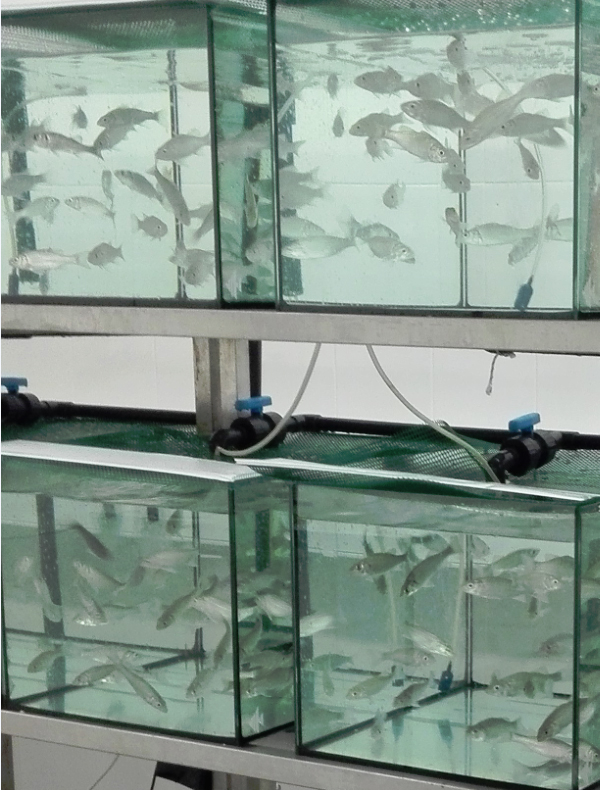
Health & Welfare
Prebiotics and their role in sustainable aquaculture
Results of a study to evaluate a commercial prebiotic on growth of European sea bass juveniles indicates this product can improve fish growth performance and allowing for the fish to reach the marketable size earlier, boosting their immune status, and reducing potential fish losses due to pathogens.
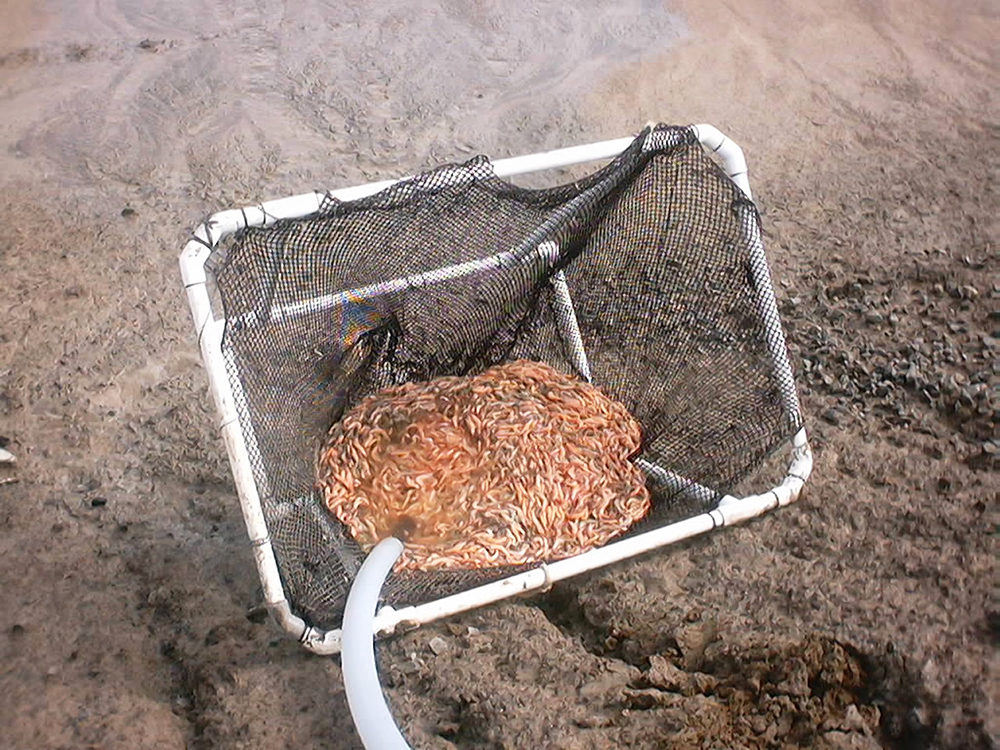
Aquafeeds
Biosecurity protocols needed for shrimp feeds, feeding practices
Shrimp aquafeeds – live, fresh or formulated – should not be an entry point of potential pathogens to the shrimp and/or to their culture systems.
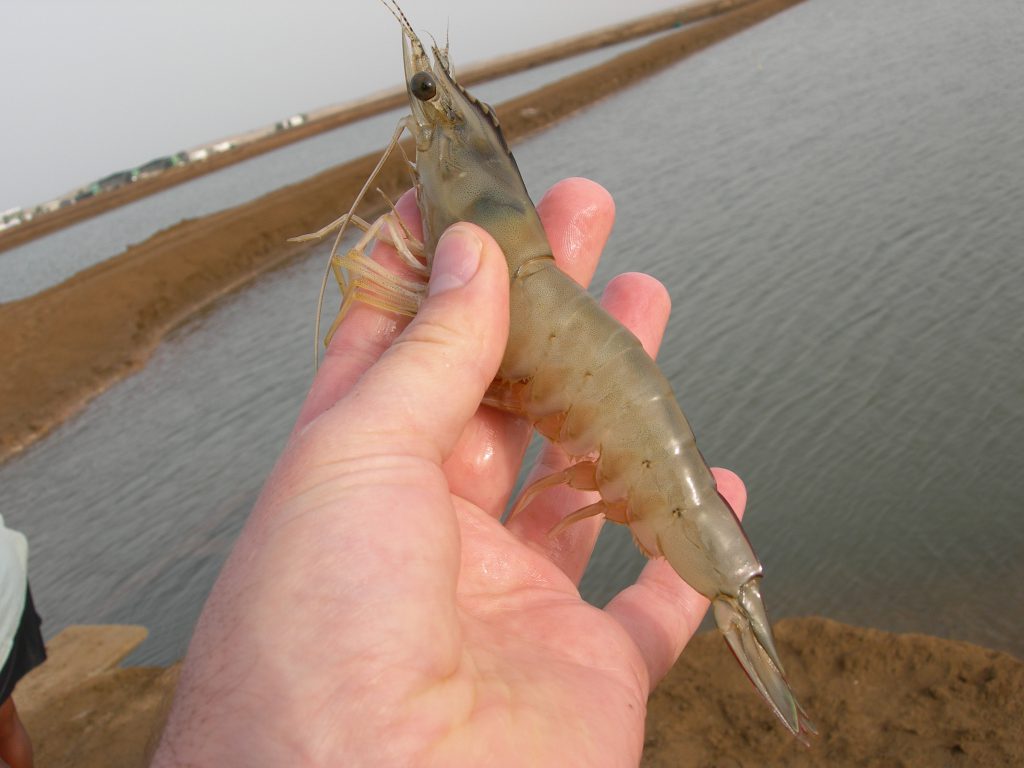
Health & Welfare
Focus on gut health increases aquaculture productivity
Increased attention to nutrient digestibility and gut health are two important focus areas for technological development of manufactured feeds in the aquaculture industry. Both laboratory and field studies have demonstrated the potential benefits for aquaculture productivity and the economics of specific feed additives developed to stimulate the establishment of a healthy gut microflora.
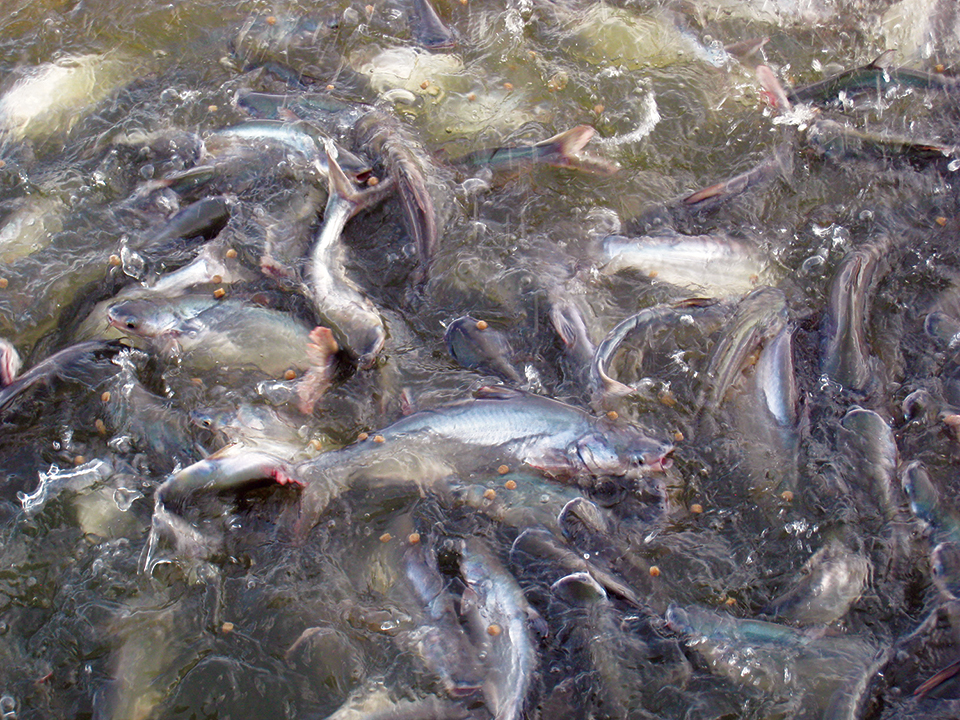
Health & Welfare
Amino acid supplementation reduces protein levels in pangasius diets
Trials show that supplementation with amino acids could reduce protein levels from a typical 28 percent to 23 percent in pangasius diets.



